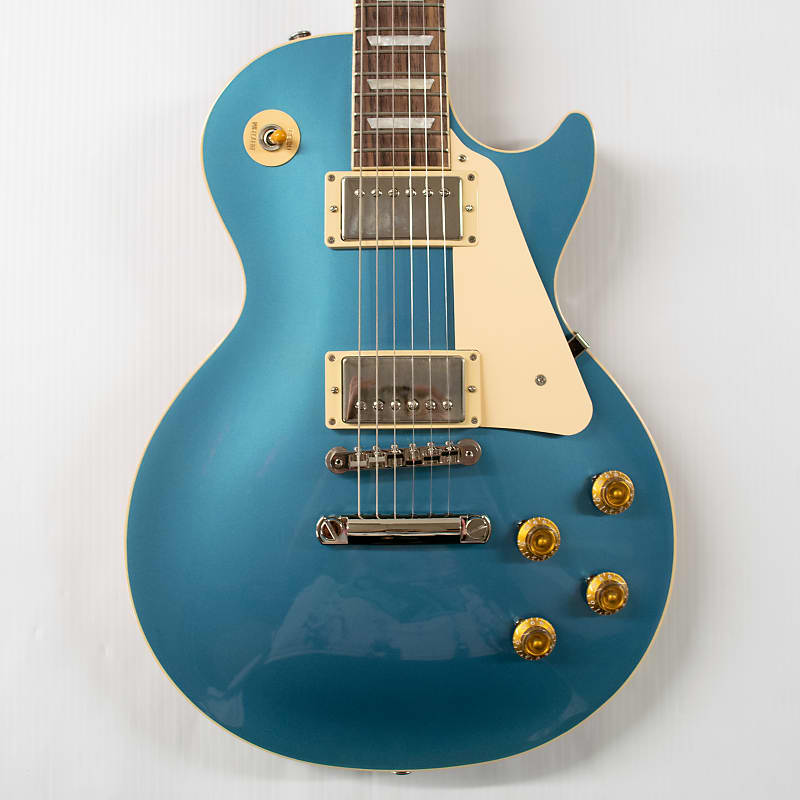History of the Bath Faucet Patent
This item is in every bathroom in the world, yet has barely changed in the past 4k years.
Faucets trace their origins back to at least 1700 BC, where they were originally used in the Minoan Palace of Knossos. Later, Ancient Romans installed them in private homes, using lead based plumbing (shocking to hear nowadays), to provide water for baths and fountains. Early designs were fairly basic with two spouts: one for hot water and one for cold.
In 1937, Al Moen pioneered a new faucet, one that would ultimately become the form we use today; after burning his hands using the two-spout fixture, he invented a faucet with only one knob, so only cold or hot water could run at one time. This innovation enabled people to better select their preferred water temperature and required only one spout.

Since Al Moen’s breakthrough there have been few faucet innovations.

On December 8th, 1931, Werner Wanzenberg of Evanston, Illinois patented a complicated device that allowed people to run a sink and bath at the same time. While this device may not grace every home around the world today, it continued to innovate on a basic device that many take for granted.
Check out the patent




